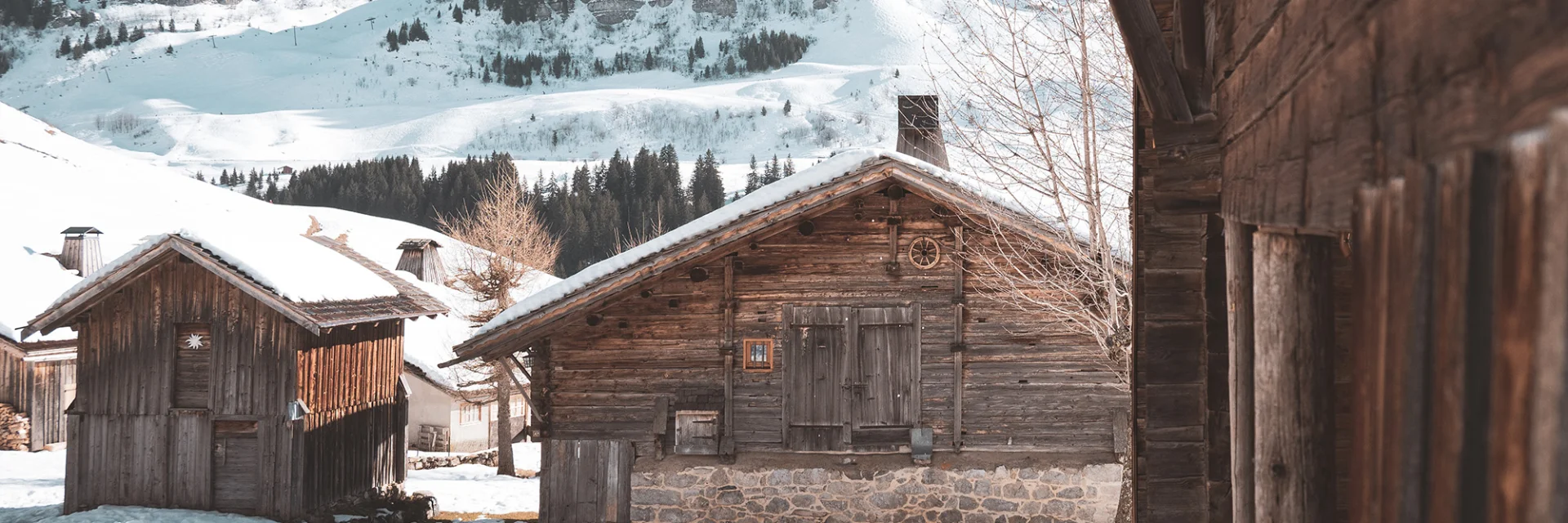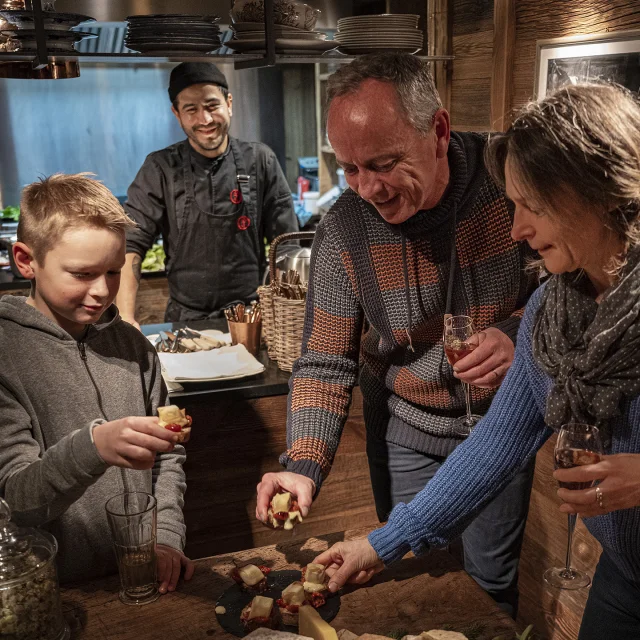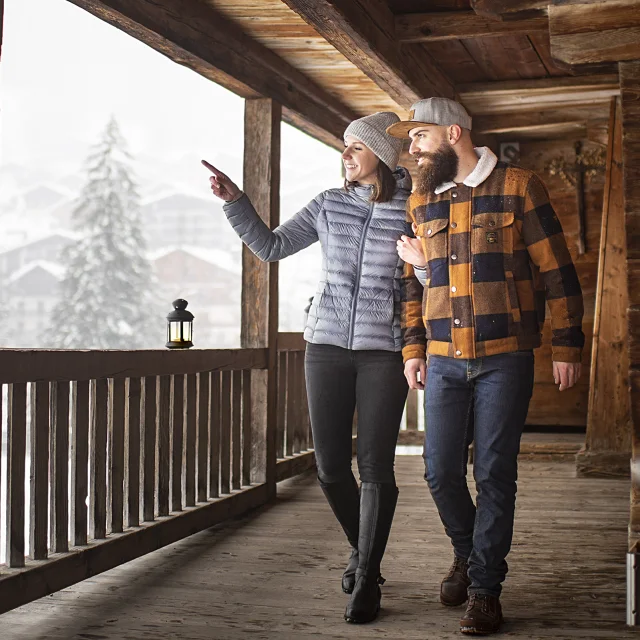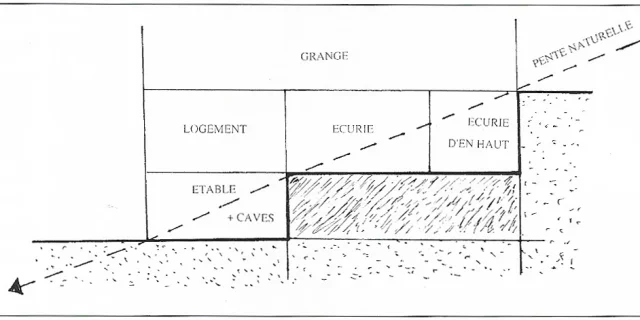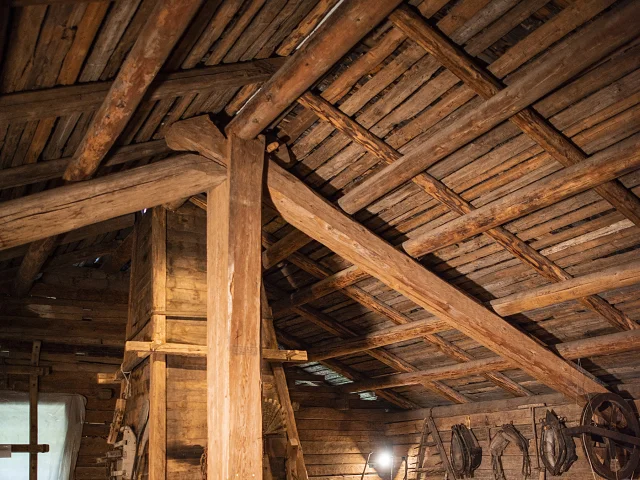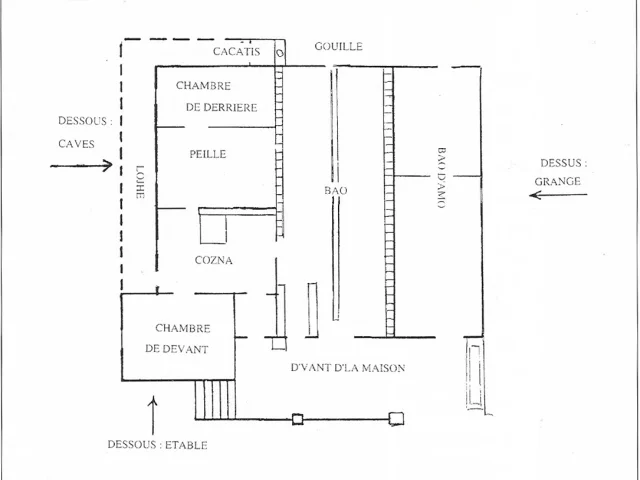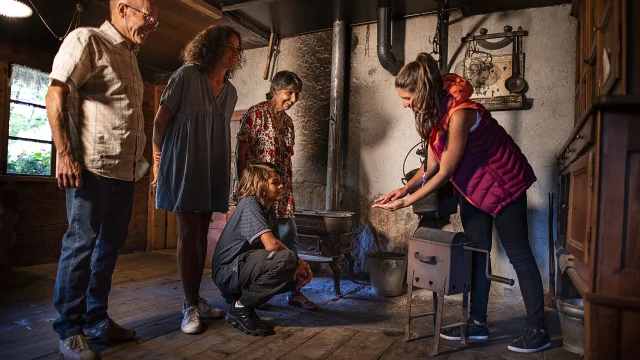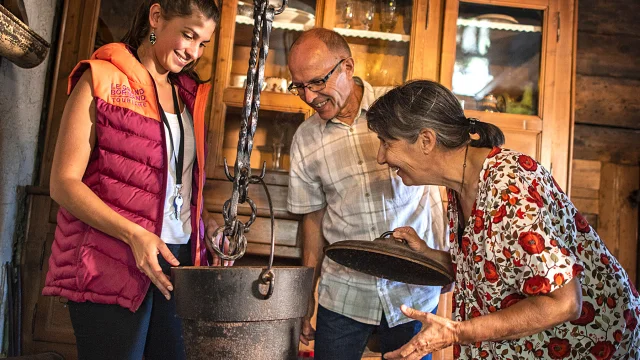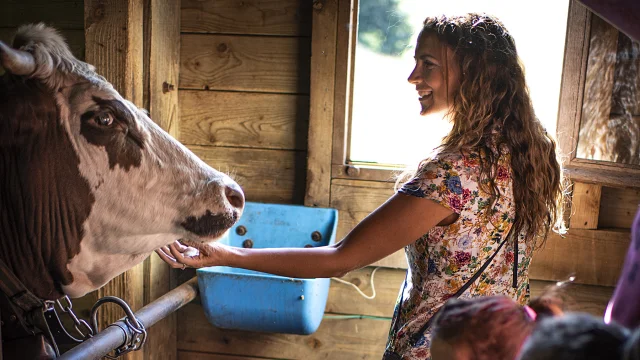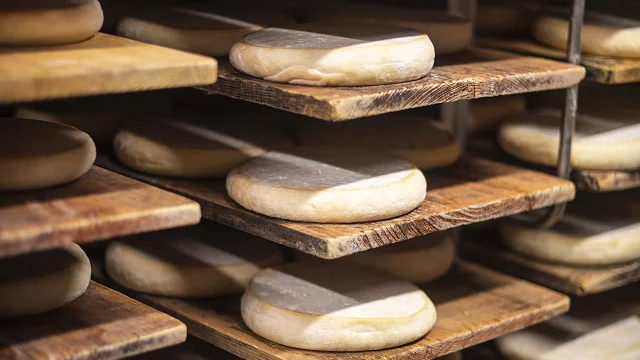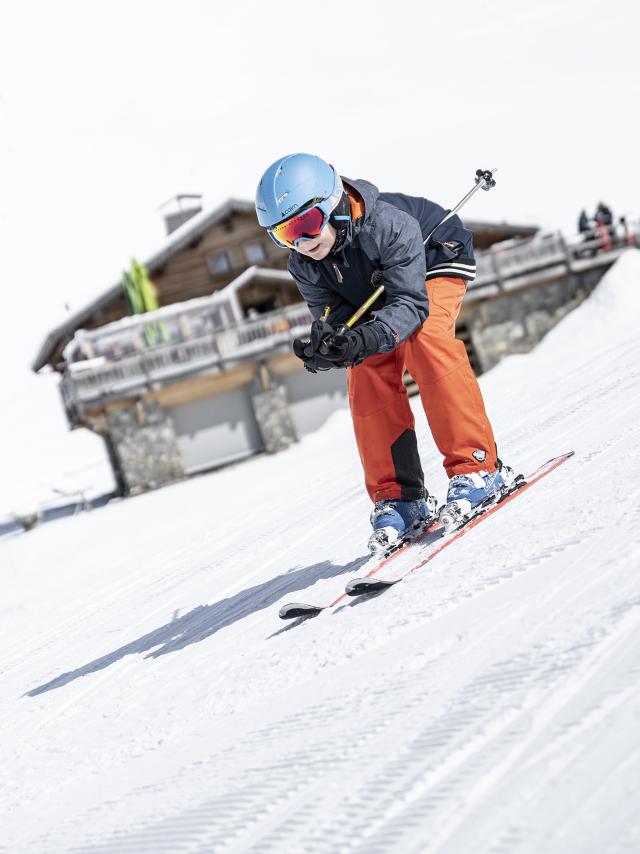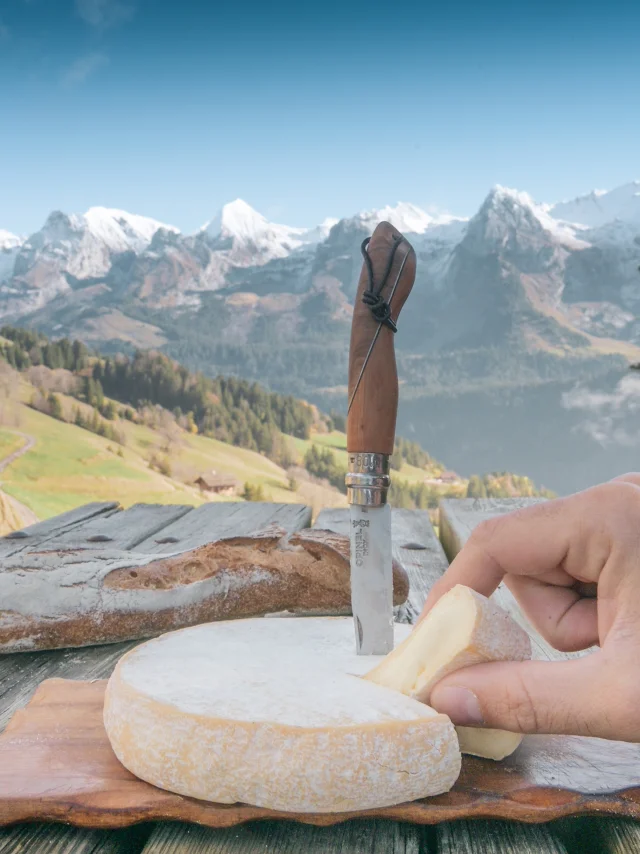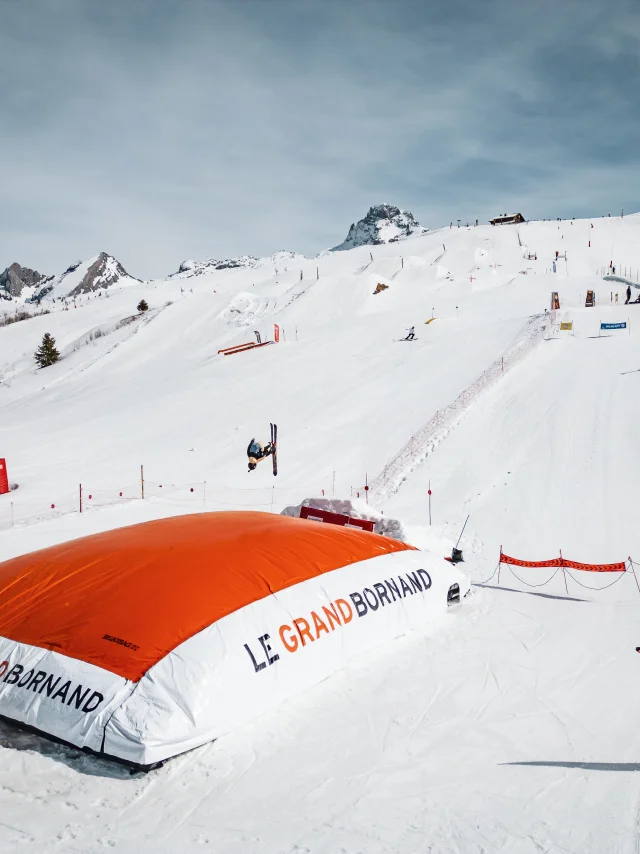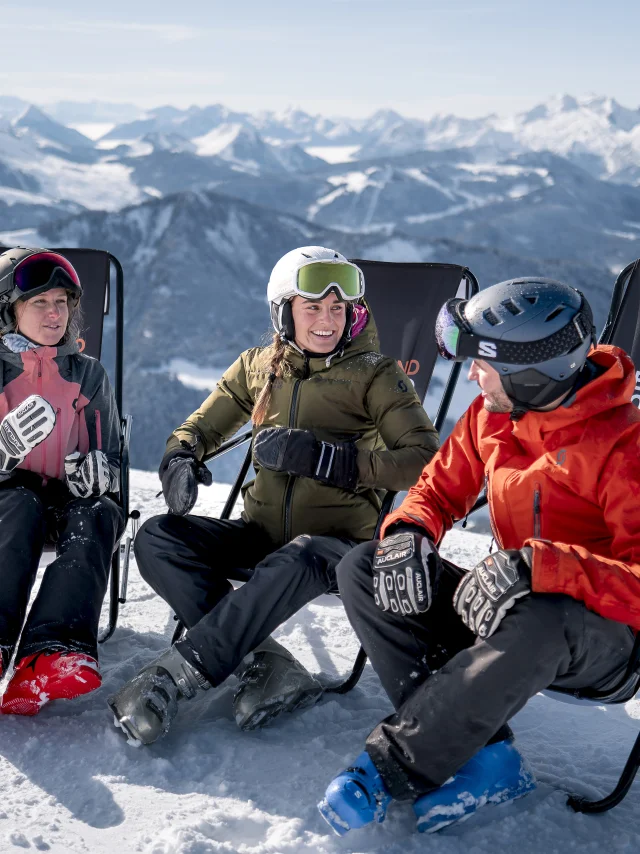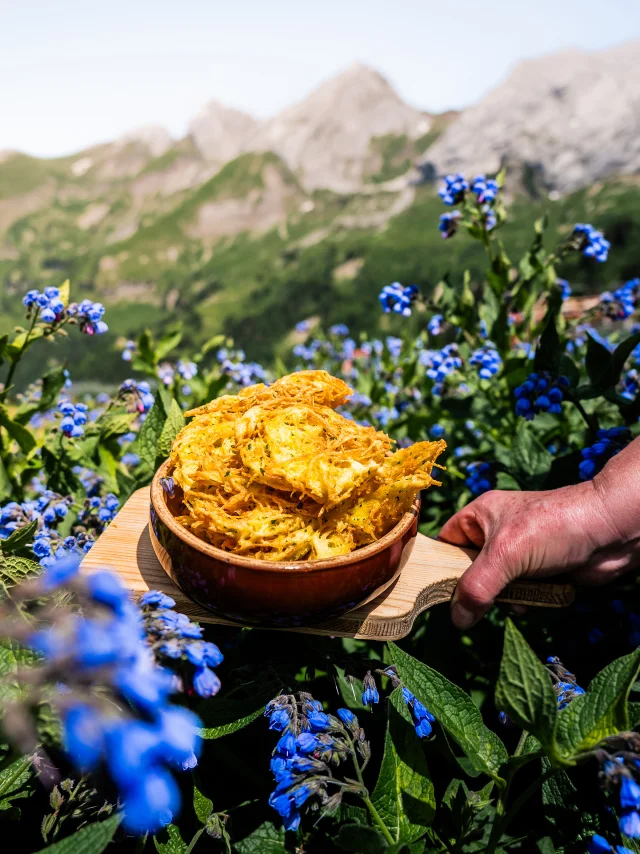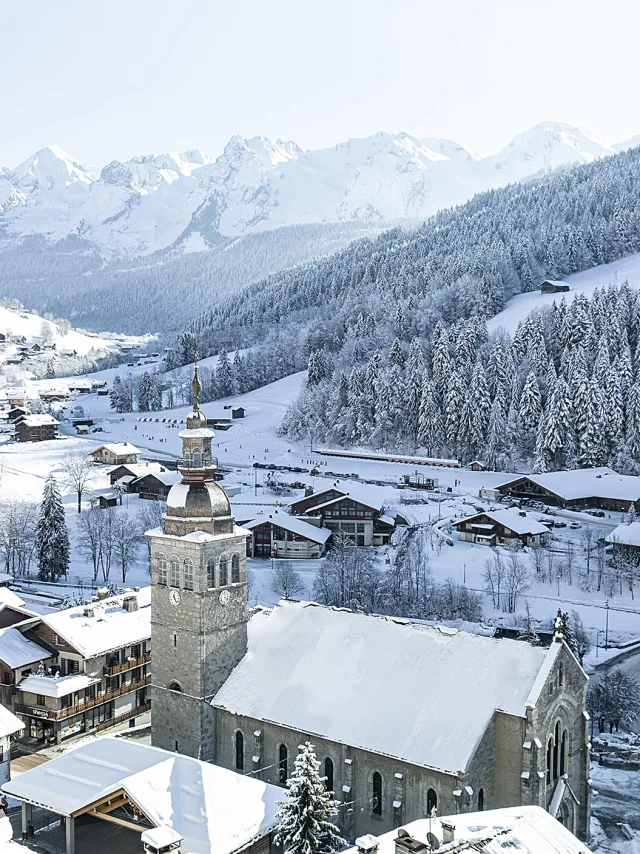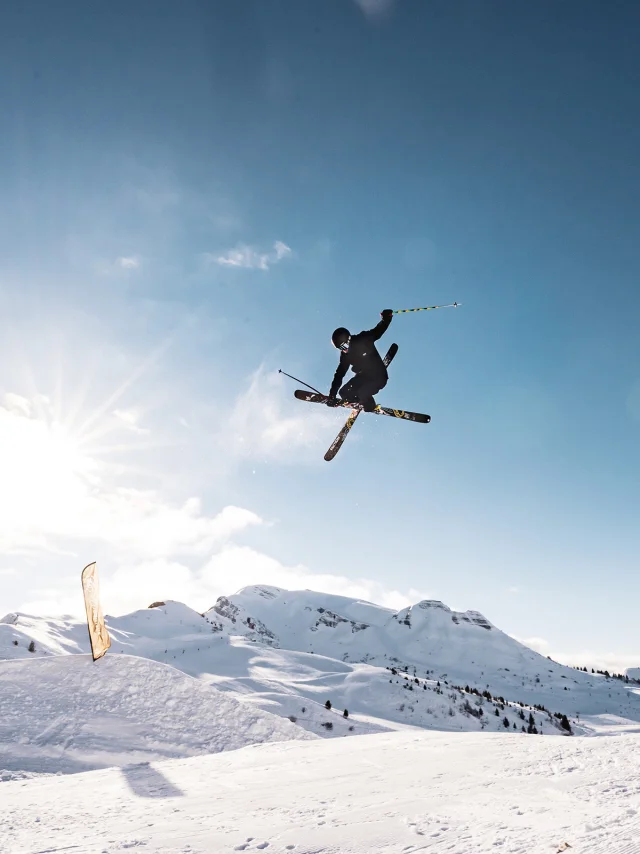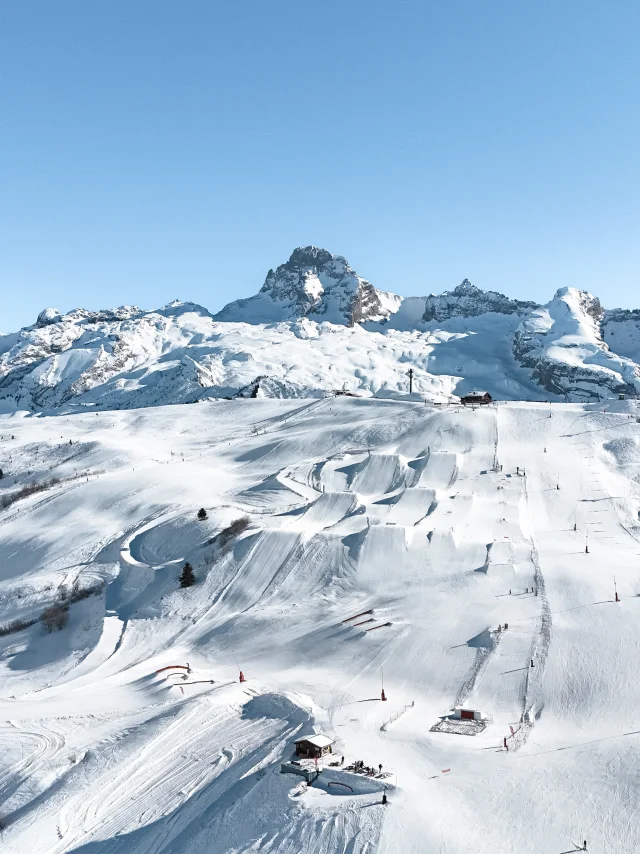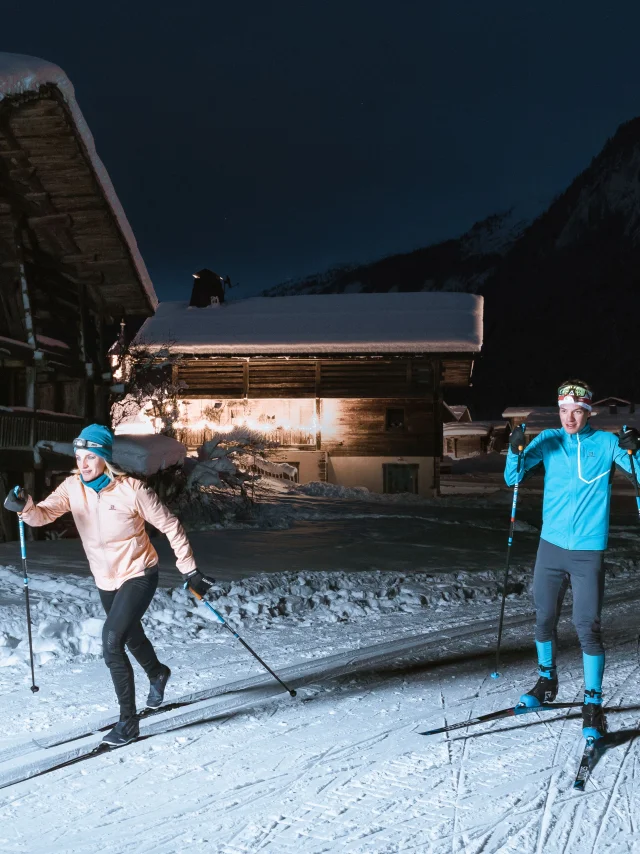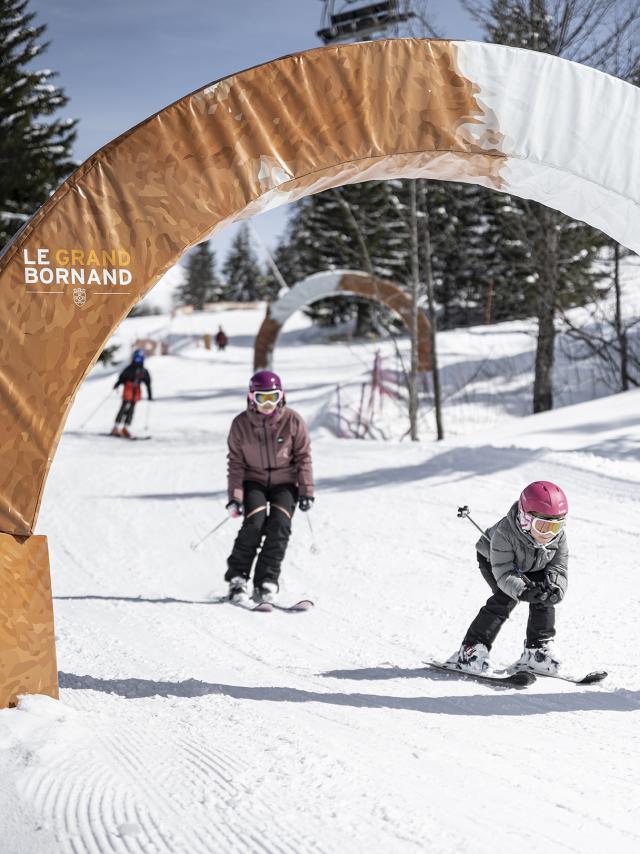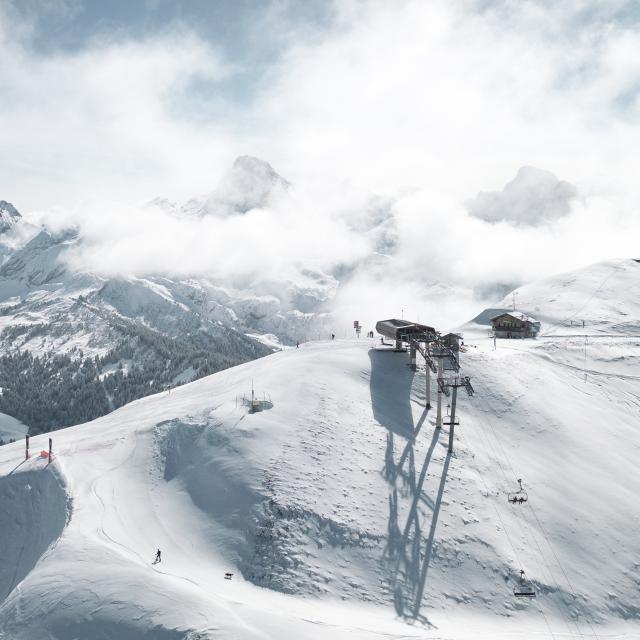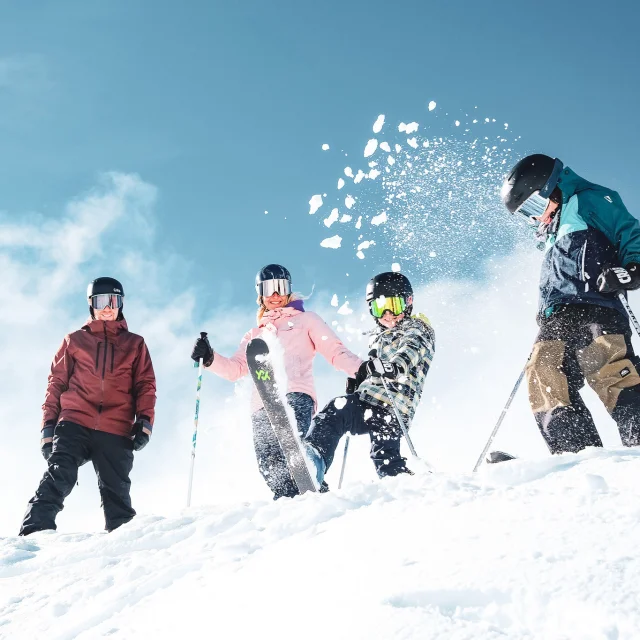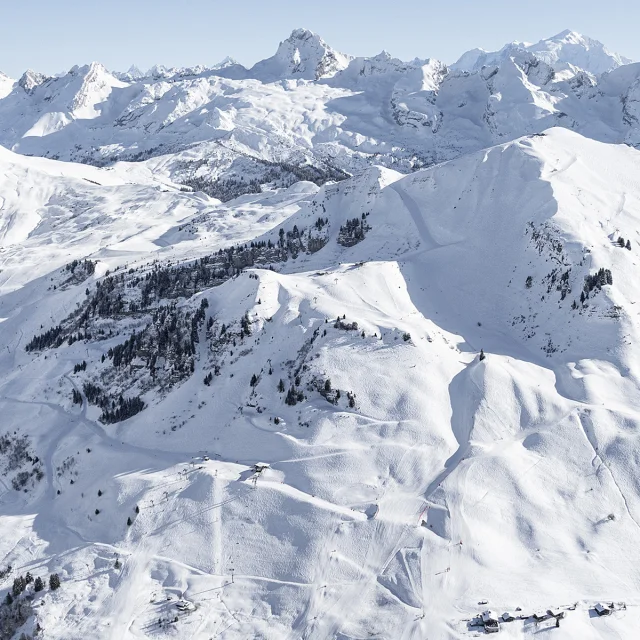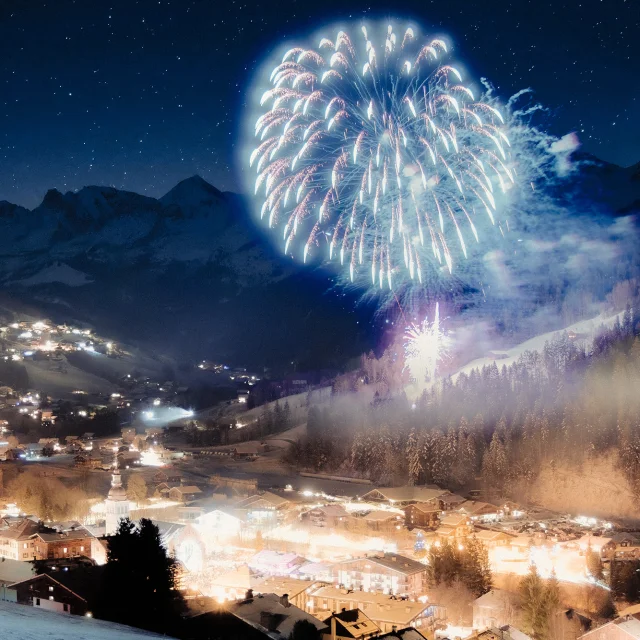The chalet, an ingenious dwelling
The authenticity of the mountain village of Le Grand-Bornand is largely due to the preservation of a traditional dwelling, represented by one of the symbols of the Alps, commonly referred to as the “chalet” by most, but the locals speak of the “house”! Indeed, the term “chalet” has been commonly used since Henry Jacques Le Même, French architect and designer of the skier’s houses in Megève based on the “Swiss chalet” model (since the early 1930s), for new buildings inspired by the old by adopting its building codes.
The value of this built heritage has been forged over time by the desire of residents and public authorities to perpetuate this know-how while evolving it to meet the aspirations of our age combining tradition and modernity.
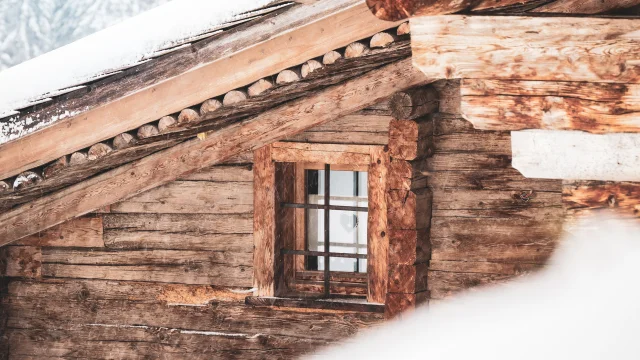 Lgb 2413
Lgb 2413